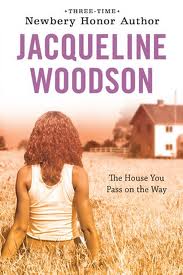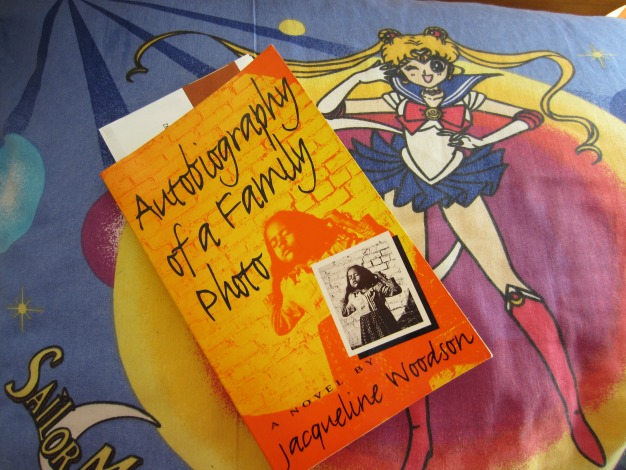The House You Pass on the Way is truly the epitome of a short and sweet book. In it, Jacqueline Woodson masterfully conjures a vivid picture of life in rural South Carolina, shedding light on the complexities of growing up as a mixed-race queer girl in barely 100 pages.
Evangeline, who dubs herself Staggerlee at age nine, is a protagonist that everyone will want to root for. Growing up with a white mother and black father in a predominately black town presents a unique set of challenges for her – Staggerlee is often considered to be stuck-up by her classmates, and is ostracized due to her shyness and perceived “white” snobbery.
Staggerlee also grapples with aspects of her identity beyond her race, and feels that she cannot share these particular struggles with her family. When her first friend makes her feel more than she anticipates, Staggerlee begins to wonder if she is a lesbian. Her confusion about her sexuality is not spoken aloud, for Staggerlee believes she must wait until she is sure about herself to tell anyone her secret.
All of this changes when Staggerlee’s adopted cousin, Trout, comes to visit. Trout and Staggerlee first bond over the fact that they both changed their names (Trout’s given name is Tyler), but soon realize they have much more in common than that. (I’ll refrain from writing any spoilers, but it is not too difficult to predict what other qualities the two characters may share…).
Trout not only provides a glimpse of a more open and accepting world outside of Sweet Gum, but she saves Staggerlee from her loneliness. She is the only person Staggerlee can truly confide in, and, despite the fact that they do not always agree, Trout and Staggerlee’s friendship highlights the importance of having someone to be honest with in times of confusion.
Though Woodson’s story is categorized as Young Adult, I would say that it is geared towards even younger readers. While its length and simplistic language made it a breeze to read, The House You Pass on the Way also exemplifies Woodson’s ability to heavy subject matter. She knows how to make tough topics accessible without diluting the seriousness of the issues, and perfectly portrays the difficulty of navigating your identity as an early teenager.
While Woodson’s plot is seemingly straightforward, her depiction of Staggerlee’s search for her true self raises questions that continue long after the story ends. Woodson’s depiction of race and sexuality confront what many adolescents face, as she details the complexity of being black and white and possibly lesbian in a way that will resonate with readers of all ages.



